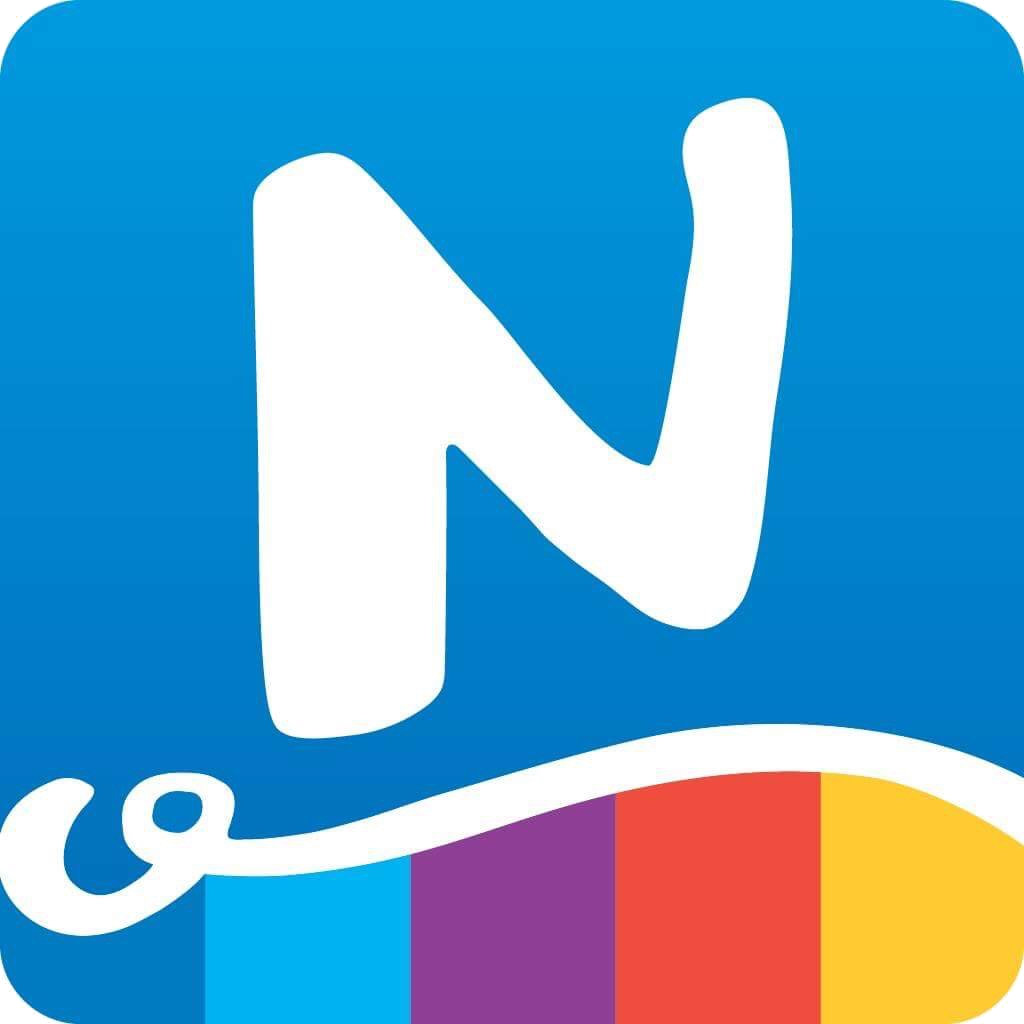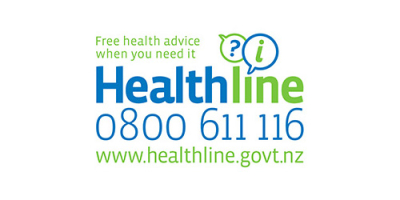Bringing stroke specialists to bedsides – via video

Wellington neurologist Dr Anna Ranta observes as registrar Matt Mackey tests fellow registrar Daniel Wong’s eye movement. They did this during an exercise to test the new equipment, and the connection between the two hospitals.
Nelson Marlborough Health is one of three district health boards to pilot a tele-stroke service that will give doctors 24/7 access to a neurologist based at Wellington Regional Hospital.
Nelson Marlborough Health gives thrombylosis (clot-busting treatment) to approximately 12 stroke patients every year.
The tele-stroke service may mean more patients will receive thrombylosis after-hours. This is because after-hours junior doctors will have faster access to a neurologist – via specialised video-conferencing technology – required to assess whether thrombylosis is appropriate.
Nelson Hospital physician Dr Suzanne Busch is currently preparing for the start of the service. She says that thrombylosis is used at both Nelson and Wairau hospitals, but it is a time-critical treatment requiring expertise and experience.
“The pilot tele-stoke programme will be ideal for us. Thrombylosis can only be administered to a minority of stroke patients and needs to be done no later than 4.5 hours after a stroke starts, and at the direction of a senior doctor.
“This is why we have senior doctors on-call from home to come in after-hours, to ensure that expertise is on-hand around the clock. With tele-stroke we will now have the option of having the Wellington neurologist available to assess our patients’ suitability for the treatment soon after they present at ED. In some cases we could have the neurologist waiting for a patient who is still in transit, as ambulance staff now notify ED when a stroke patient is one the way , Dr Busch says.
The process by which this happens relies on customised video-conferencing technology.
“What we’ll have is a neurologist on screen at the end of a patient’s bed. The neurologist can see the patient, talk to them, and watch as the onsite junior doctor conducts the tests needed to determine whether thrombylosis is an option. The neurologist can then also see the CT scans,” Dr Busch says.
This month a national stroke awareness campaign launched to raise awareness of the signs of stroke and the most important actions to take.
Dr Busch says the F.A.S.T mnemonic is a good one for people to know and use because treatment options for stroke can be very time critical
“FAST stands for ‘face’, ‘arm’, ‘speech’ and ‘time’ – as in ‘time to call 111’ if someone’s face is drooping, their arm is weak or their speech is affected.”
The tele-stroke pilot was announced by the Minister of Health when he announced the campaign.
The pilot will run for six months and is also occurring in Hawke’s Bay and Palmerston North.





